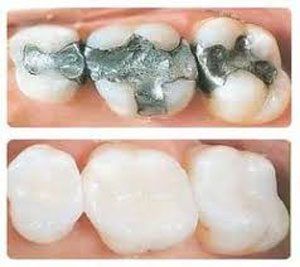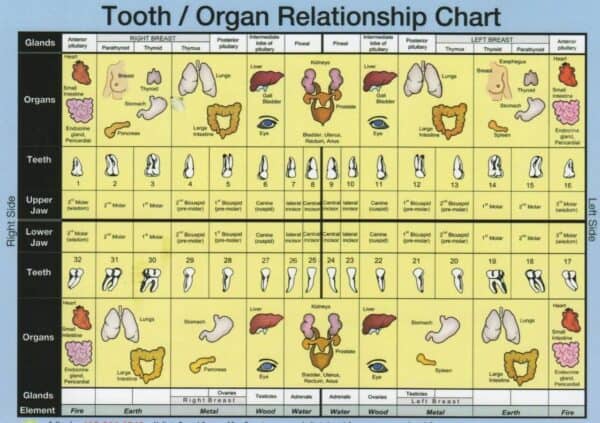The Biocompatible Dentist
Holistic dentistry, also called alternative dentistry, unconventional dentistry, biologic dentistry, or biocompatible dentistry emphasizes an approach to dental care that considers the patient’s dental health in the context of his or her entire physical as well as emotional or spiritual health. It is part of the alternative health movement. Although the holistic dental community is diverse in its practices and approaches, common threads include strong opposition to the use of amalgam, which contain mercury and other potentially toxic materials in dental fillings, nonsurgical approaches to gum disease (with the aid of a laser or ozone treatment), and the belief that root canals may endanger systemic health of the patient through the spread of trapped dental bacteria to the body, if the patient’s immune system is already compromised.

The Holistic Dental Network defines the field as: “An approach to dentistry that promotes health and wellness instead of the treatment of disease.” This approach to Dentistry encompasses both modern science and knowledge drawn from the world’s great traditions on natural healing… Holistic Dentistry acknowledges and deals with the mind, body, and spirit of the patient, not just his or her “Teeth”. And lays out the following basic principles:
- Proper nutrition for the prevention and reversal of degenerative dental disease
- Avoidance and elimination of toxins from dental materials
- Prevention and treatment of dental malocclusion (bite problems = physical imbalance)
- Prevention and treatment of gum disease at its biological basis
One key difference between a holistic dentist and a mainstream dentist is that the belief of every tooth is connected to a specific part of your body. Therefore, disease in a tooth (decay, infection) can lead to harm in other body parts:
For example, your wisdom tooth is connected with your heart, your front tooth (incisor) is connected with your kidney and sinus, and the canine (eye tooth) is connected with your liver, eye, hip and knee. Our present world makes it extremely difficult for us to become protected from toxins in the air, food, cosmetics, cell phone radiation, drugs, and stress. However, by living a health-conscious life we can reduce toxins as much as possible.
Dental Amalgam is NOT the Most Cost Effective Dental Restoration Material
While the general consensus has been, that dental amalgam is “a necessity” due to it being the most affordable alternative, this is actually far from the truth when you add in the cost of environmental pollution. Mercury from dental amalgam pollutes:
- Water via not only dental clinic releases and human waste (amalgam is by far the largest source of mercury in our wastewater)
- Air via cremation, dental clinic emissions, sludge incineration, and respiration; and
- Soil via landfills, burials, and fertilizer

The picture above shows how each tooth is connected to specific body parts.
We also suggest you get healthy BEFORE having your fillings removed, as you want your detoxification mechanisms optimized prior to removal. To help you get started, please see my nutrition plan. To remove mercury that has already accumulated in your body, we highly recommend reviewing my Mercury Detoxification Protocol, which details the things you can do right now to help rid your body of this toxin. If your mercury levels are seriously elevated, you should work with a knowledgeable health care practitioner to help you through the detoxification process to avoid further damage to your health.
Once in the environment, dental mercury converts to its even more toxic form, methylmercury, and becomes a major source of mercury in the fish you eat. The cost of cleaning up this environmental hazard is high. According to studies, amalgam is actually “more expensive than most, possibly all, other fillings when including environmental costs.”